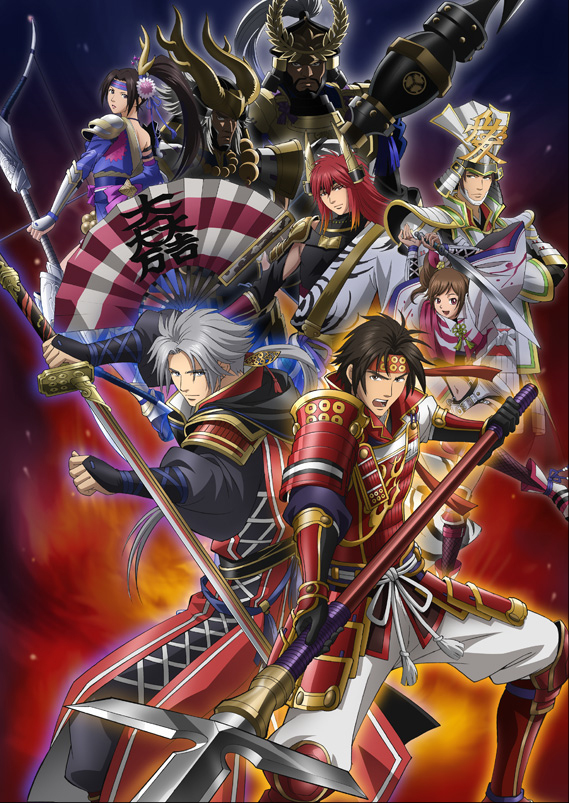For years the Samurai Warriors franchise has been the staple of all things related to the Sengoku period but what actually happened usually paints a more interesting picture as I shall now show you. This guide will serve to represent what happened to these people.

Uesugi Kenshin
Worshiping the Buddhist War God Bishamonten may give you the impression that Uesugi Kenshin was a holy man, but he's quite a notorious drunk.
Takeda Shingen
One of the only Daimyo of his time to use female ninja making the likes of Kunoichi more accurate than you think. Ninja tactics were common practice for Shingen and wasn't afraid to try anything, from Kunoichi disguised as concubines to direct attacks on Kenshin while he's on the toilet.
Also worthy of note is Shingen's size as he required two horses to ride into battle, justified seeing as Asian horses are smaller than European horses.
Sanada Yukimura
Before he was slain, Sanada Yukimura took on Ieyasu Tokugawa's army with a small force of his own and proceeded to fight through the camp to try and take Ieyasu's head. Most of the kills were made by Yukimura alone and in comparison Tokugawa's army was twice the size.
Hideyoshi Toyotomi
Toyotomi was never well liked or even as jolly as his appearance in the game suggests or even a decent warrior.
Ishikawa Goemon
Goemon is a popular choice for paintings, one of which depicting his execution, while being boiled alive he was holding his son in the air to save him.
Takenaka Hanbei
Despite the visual age difference, Hanbei is older than Kanbei Kuroda however Hanbei died in his 30s while Kanbei lived to his 50s.
Hojo Ujiyasu
Ever wonder where the Legend of Zelda Triforce symbol comes from? It's the mark of the Hojo clan.
Mori Motonari
His historical age puts him as being older than Shingen yet the game portrays him as middle aged.
Gracia
Noted for converting to Christianity as Gracia was a baptized name, it's worth noting that Hideyoshi banned all forms of Christianity during this period as well as foreign visitors.
Kaihime
In order to get any respect as a warrior, Kai is referred to as a man by Hojo Ujiyasu
Nobunaga Oda
One of Oda's retainers was an African slave named Yasuke. Oda's interest in the man was enough to earn Yasuke this title which during a time of slavery was quite a high honor for any slave in that period.
Okuni
It is said that she is the founder of Kabuki plays.
Saika Magoichi
It is said that Saika Magoichi is an alias used by as many as three different men with similar names.
Tadakatsu Honda
Went through 100 battles without as much as a scratch. And yes he really did wear antlers on his battle armor.
Ginchiyo Tachibana
Despite being the last of her clan and leader, her husband Muneshige still held all the power despite being of a different clan.
Nene
Was nothing more than a politician in real life.
Date Masamune
Other than countless tales of badassery, Masamune Date was responsible for Japan's first overseas expedition; a boat known by the name San Juan Bautista outside Japan visited the Philipines, Mexico, Spain and Rome with the idea of forming relations with the Pope, even to this day descendants from that voyage still live in Spain. He was also sympathetic to Christians, allowing them to preach in Sendai despite being banned by Tokugawa. In fact Japan would be very different if it were Masamune in charge instead of Tokugawa who ended up isolating Japan until the late 19th Century.
Hope you enjoyed today's history lesson.